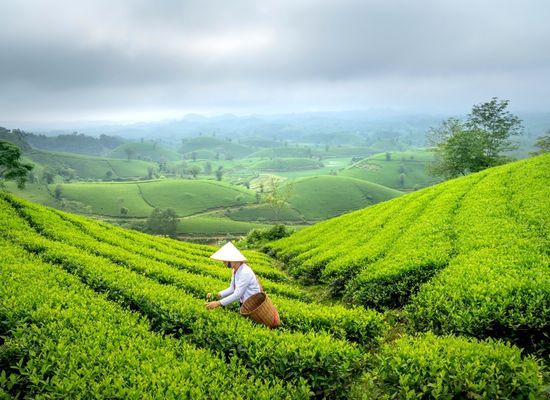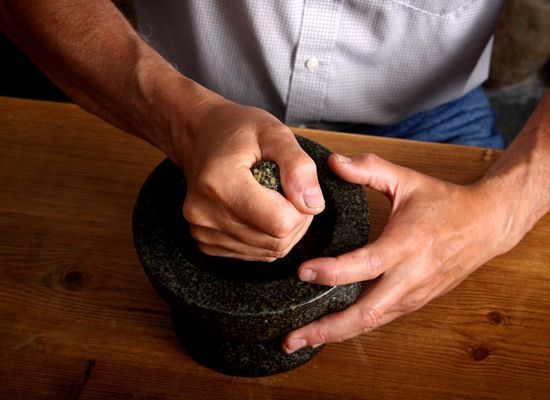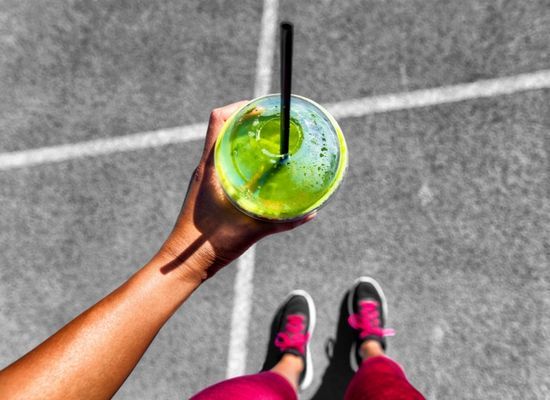You may have noticed matcha popping up everywhere lately- in your local coffee shop, in trendy restaurants, online, and even in the grocery store.
This bright green powder is made from ground-up green tea leaves, and it has been used in Japanese tea ceremonies for centuries. In recent years, matcha has become popular all over the world as a healthy alternative to coffee.
But why is matcha so expensive? Let's take a closer look.
Driving Factors Behind The Price Of Matcha


Cultivation Requirements
Matcha is made from the leaves of the Camellia sinensis plant, which is native to East Asia. The best matcha comes from Japan, where the Camellia sinensis plants are grown under specific conditions.
First, the plants are shade-grown for 4-6weeks before harvest. This process boosts the chlorophyll content of the leaves, which gives matcha its characteristic green color and keeps them from becoming too bitter.
Second, the leaves are hand-picked and only the youngest and most tender leaves are used to make matcha.
Limited Harvest
The leaves used to make matcha are only picked 1-2 months out of the year. This limited harvest means that there is a finite amount of matcha available each year, which drives up prices.
More Labor Intensive
Not only is matcha harvested by hand, but the leaves also undergo a more labor-intensive process than other teas.
The leaves are hand-picked and then quickly steamed to stop oxidation and preserve their color and flavor. Then, they are dried and stone ground into a fine powder.
Finally, any stems or veins are removed from the powder through a sifting process. All of this manual labor contributes to matcha's high price tag.
Increase In Demand
As more people become aware of matcha's health benefits and unique flavor profile, demand has been on the rise in recent years. This increase in demand has put even more upward pressure on prices.
Different Grades Of Matcha
Not all matcha is created equal. There are different grades of matcha, and the higher grades are more expensive.
The highest grade of matcha is ceremonial grade, which is the kind of matcha used in traditional Japanese tea ceremonies. This grade has a bright green color and a delicate, smooth flavor.
The next grade down is premium grade, which is the kind of matcha you would find in most cafes. Premium grade matcha is still of high quality, but it has a slightly more bitter flavor than ceremonial grade.
The lowest grade of matcha is culinary grade, which is the kind of matcha you would find in most grocery stores. This grade has a more muted flavor and color, and it is typically used in baking or cooking.
Health Benefits That Make It Worth The Price


So now you know why matcha comes with a higher price tag than your typical green tea, but you're still on the fence about whether or not to continue shelling out for this seemingly trendy beverage.
Let's take a look at some of the health benefits that make this "magic" green powder worth the price tag for many a matcha lover.
- Boosts Metabolism: Matcha contains a natural compound called EGCG, which has been shown to boost metabolism and burn fat. If you're looking for a natural way to help shed a few pounds, matcha may be worth a try.
- Good for Digestion: Matcha is rich in fiber, which helps to keep things moving along smoothly in your digestive system. It's also thought to help prevent constipation and promote regularity.
- Reduces the Risk of Diabetes: One of the most impressive health benefits of matcha is its ability to regulate blood sugar levels. Studies have shown that matcha can help to stabilize blood sugar and reduce the risk of type 2 diabetes.
- Cancer-Fighting Properties: Matcha is packed with antioxidants, including EGCG, which has been shown to fight cancer cells. If you're looking for a way to boost your immune system and protect your health, matcha is a great choice.
- Improves Skin Health: The antioxidants in matcha can also help to improve skin health by fighting free radicals and reducing inflammation. If you suffer from acne or other skin problems, drinking matcha may help to improve your complexion.
- Long-Lasting Steady Energy: Unlike coffee, which can sometimes leave you feeling jittery or anxious, matcha provides a steady energy boost that won't leave you feeling crash afterward. If you're looking for an alternative to coffee that will give you sustained energy throughout the day, matcha is a great choice.
- May Lower Blood Pressure: The antioxidants in matcha have also been shown to lower blood pressure. If you suffer from high blood pressure, adding matcha to your diet may help to reduce your risk of heart disease or stroke.
- May Lower Cholesterol: Matcha has also been shown to lower cholesterol levels. If you're looking for a way to improve your heart health, adding matcha to your diet may be a good choice.
Final Thoughts
And that's a rap on what makes matcha so expensive. While I'm sorry I can't make it more pocket-book friendly (for all of our sakes), I do hope this article has helped demystify the reasoning behind its hefty price tag!
With so many health benefits to offer though, I'm in the camp that matcha is worth every penny. What do you think? Is matcha worth the price tag for YOU? If so, check out some of the best green and BLUE matcha brands available on Amazon in the article below. As always, thanks for reading! Cheers!








